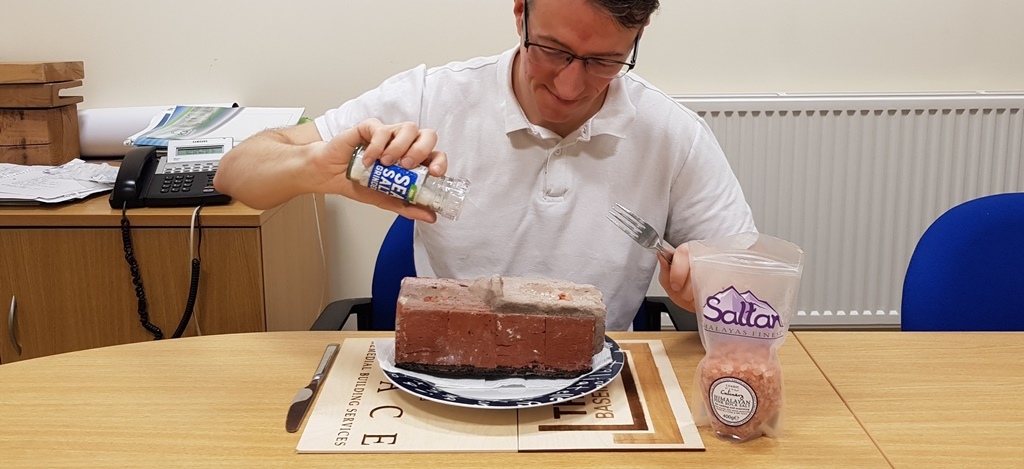Why Podium Deck / Buried Roof Waterproofing Systems Leak
Article concerning issues with podium deck buried roof waterproofing systems and why they suffer issue, including example of failures
We inspect leaking podium deck & buried roof waterproofing systems
I thought that this topic would make for an interesting post.
The examples all involve apartment buildings with basement car parks beneath, where that basement extends beyond the line of the structures over, with this creating external decks subject to rainfall.
Even in basement car parks where a degree of seepage may be considered to be acceptable (BS8102 grade 1a environment), penetration through a soffit can be an issue since water moving over or through concrete (cracks etc.) leaches free lime, which is damaging to paintwork and so the space may not be fit for purpose as a result.
Obviously in a higher grade environment where no penetration is acceptable, as expert waterproofing specialists we know this is definitely an issue.
So what causes deck waterproofing systems to leak
In a deck scenario, the objective should be to exclude water or in other words a physical barrier should be provided to block water out, so that this does not penetrate into the space beneath.
As with any barrier system, this must be perfect (100% free of defects) to exclude water in the event of hydrostatic pressure coming to bear.
Hydrostatic pressure results where water stands in a vertical column and the weight of that water exerts said pressure. Even a small head (vertical depth) of water can be enough to force water through a minuscule defect.
Because it is not necessarily reasonable to assume that any structural waterproofing will be installed perfectly / free of defects, the lowest risk approach is to seek to avoid any hydrostatic pressure coming to bear upon the installed waterproofing / tanking system.
This is where designers tend to fall down when considering decks
Unlike a flat roof, decks tend to be accessible/traffic-able and therefore typically include a build-up over which can vary from green roof/vegetation to macadam or paving, with the latter including everything from block, stone or concrete paving, laid over grit-sand, lean/dry mix mortar/concrete, or podium/pedestal systems.
It is this build-up which tends to collect water, causing this to pressure on and penetrate past the installed waterproofing measures.
So what causes this?
If we take the scenario described where we have an apartment block with basement car park beneath, where the car park extends beyond the line of the building over therefore creating the exposed deck, if we think of that deck as a rainfall catchment area with an ‘impermeable’ base, what will happen to rain falling upon it, in the event that say, the finish is block paving over grit-sand?
That’s right, while some of the water might flow at surface/finishes level, some water will always drain down through the joints in the paving to access the bedding material beneath. No form of paving/stone/tile etc. is considered a waterproofing system or barrier in its own right and in time water will always access the bedding layer.
Once water is at this level, where does it go? In many cases decks are essentially ‘hemmed in’ on all sides, in that you have the external wall of the building, then commonly a parapet/wall detail running around the rest of the deck perimeter.
This can act to create a sort of ‘bowl’ for lack of a better description, which when filled with water, forms a reservoir of standing water, with this applying hydrostatic pressure to the waterproofing system, exactly what we don’t want.
Commonly when looking at such issues, you can form trial holes in the build-up to expose the structural deck, and when you open it up, it’s wet but not necessarily a hole full of water. Wait twenty minutes – more or less with this being dependent on the permeability of the bedding – and often this hole will subsequently start to fill with water.

Leaking buried roof waterproofing systems and surface water drainage
But what about the surface water drainage system? Well this is often the problem, in that surface water drains are designed/installed at top of finishes level, rather than at deck level. The assumption is obviously that water will flow along at finishes level and then into these drains, and most of it will, but again, some water will always drain down through the finishes to a lower level.

If there is no drainage at deck level (finished surface level drainage only), then once water is below top of finishes level, it can no longer access those drains, and can only stand and pressure. Water does not flow up-hill!
Even in some cases where I’ve seen inlet gullies which accept water from deck and finishes level, bedding material laid directly over the deck structure is impermeable to the degree that water takes time to move through it, and substantial rainfall causes pressure and penetration anyway.

Water leaking into buildings adjoining decks & buried roofs
Penetration can occur into the basement space beneath, or equally there may be issues whereby water standing upon the deck pressures laterally on the external walls of the structures built over the deck. This can result in penetration past upstand details, with water then accessing the internal floor construction within the apartments.
In some cases it is more likely that penetration will occur through the external walls (despite tanking upstands) because these are typically masonry – although not always – which is permeable, whereas a substantial reinforced concrete deck might be relatively impermeable in its own right.
How to prevent water leaking into buildings adjoining decks & buried roofs
The key is to seek to form a perfect barrier to water as far as possible, then integrate effective drainage within your design so that water is continuously removed and is therefore not allowed to stand and pressure on the barrier / tanking, or the external wall of any structure formed over the deck, to any great degree.
If there is no or limited pressure, then risk is substantially reduced because the installed measures essentially do not have to fight against this.
We typically achieve this by forming substrates to suitable falls, over which an applied waterproofing barrier is installed. To provide the drainage we then lay a double cuspated geodrainage membrane. This is a double dimpled membrane which creates a drainage space both above and below the membrane, with a geotextile filter fabric welded to the face of the membrane (upper face), so that bedding material laid over does not access and block the drainage cavity provided by the membrane.
The double cuspated aspect of the geodrainage membrane is important. If you just use a standard geodrainage membrane, the sort of product employed externally on retaining walls, then these typically include a dimple to one face but may be structured so that the rear face is flat.
The implication of this is that when laid over a substrate to falls and weighted by bedding material laid over, the flat underside of the membrane can act as a bund and trap water over the barrier, which again is what we are seeking to prevent, and I know that this detail has caused issues. I do not think that all manufacturers recognise this risk..
In any case, get the drainage right and you have a much greater chance of avoiding issue! How to get the deck drainage right? Use an experienced deck waterproofing designer that understands the issues.
Examples of water leaking through podium decks and buried roofs
Manchester podium deck, water leaks into apartments adjoining the deck
Apartment building with basement car park beneath. The basement is much larger than the property above, and therefore extends beyond the line of the building over, creating an external deck area subject to rainfall. The deck level from exterior to interior steps up by approx. 60mm forming a concrete upstand, which in theory water should not have been able to bypass.
The structure above basement level is steel frame with infill panels using a Lindab galvanised metal frame system (like a dry lining metal frame but on a larger scale) including insulation, cement board panels and an external thin coat silicone type render system.
The deck drainage externally was poor and during severe weather water stood in the external build-up / bedding material, to a depth at which it could then spill over the 60mm concrete upstand to flood into the interior.
The original contractor that constructed had ceased trading, but the issue was picked up by a large company whom they had partnered with. That company (our client) had previously involved a construction consultant, who involved a tanking product manufacturer representative and they developed an external tanking detail, which was installed in addition to an aco drain, as per the photos below.
The tanking detail involved a metal angle placed on the deck with a liquid applied tanking product applied over. The metal angle allowed the deck tanking to lap to the external face of the insulated wall panel (which projected out from and above the concrete upstand), however this detail also created a small void behind it.
At either end of the metal angle tanking detail, there was no lap in the tanking back to the concrete structure – in other words it was left open at either end (discontinuous), and so water could simply flow around behind and bypass the detail – a significant omission in the design/installation.
The aco was laid tight on the deck and with tight connections into outlets (drains running down through the deck), so did absolutely nothing to deal with the root cause, i.e. water standing upon the deck.
When the attempted remedial failed, the client asked NHBC for advice (they would have stepped in if the client didn’t resolve) and we were recommended.
We designed a localised tanking scheme with effective drainage and resolved the issue right first time.
Incidentally they did not have an issue of penetration into the car park beneath, only water spilling into apartments as per the photos below:


Podium deck buried roof leaks because of poor drainage design
This was another apartment building issue, with multiple blocks built above a large basement car park, with a central courtyard subject to rainfall. It was a simple case of surface water drainage installed at the level of the finishes – block paving with bedding sand beneath, laid directly over an adhesive bitumen sheet membrane tanking system applied to a flat reinforced concrete deck.
You will not ever catch me employing adhesive bitumen sheet membrane on a retaining wall, never-mind on a flat deck with no real drainage.
What was interesting, other than the spectacular stalactites formed beneath in leached lime from the concrete, is that I could see evidence of water spilling from the edge of the deck, indicating that there is a reservoir of water within the bedding which overflows when this is topped up. Water spilling from low points is actually not that unusual where we see deck issues, but is still interesting all the same.

A London podium deck, water leaks into apartments adjoining the deck
Yes, another apartment building with basement car park beneath, water standing on the external deck with some penetration into the basement car park beneath, mainly at service penetration positions, however the main issue was movement of water through the external wall of the apartments built upon the deck, into voids within habitable apartments, which housed electrical heating plant.

We didn’t remedy this one, it was not within our work area however I inspected it for the client because they also provide us with work locally, and while they had obtained reports from various consultants on the problem, no-one had looked at it from a structural waterproofing perspective. We’d dealt with similar issues before so identified the cause and recommended a contractor locally to undertake the work.

Leaky decks at the time of writing
At the time of writing I’m waiting to hear back on a remedial deck project at apartments in Didsbury, Manchester, and am working on another large block in central Manchester, which is a difficult one as we’re tanking and draining a leaking podium deck movement joint from beneath, because there is no access above.
My point is that this is a reoccurring issue and needs to be highlighted, within NHBC’s 2014 Basement Campaign they show podium deck issues as representing a significant proportion of their waterproofing claims. As with many waterproofing issues they can be prevented by employing the right people.
A bit more about Trace Basements, podium decks and buried roofs
For twenty two years (at the time of reposting this article) we have been looking at, and fixing problems with waterproofing systems of all types. We can waterproof a wide variety of different types of structures, including podium decks and buried roofs. We have a page on this which you can read here
If you want to get in touch, please use our contact page.
In respect of other resources, my good friend and colleague Ben Hickman has some info on his own website including a webinar recorded for PCA:


.JPG)
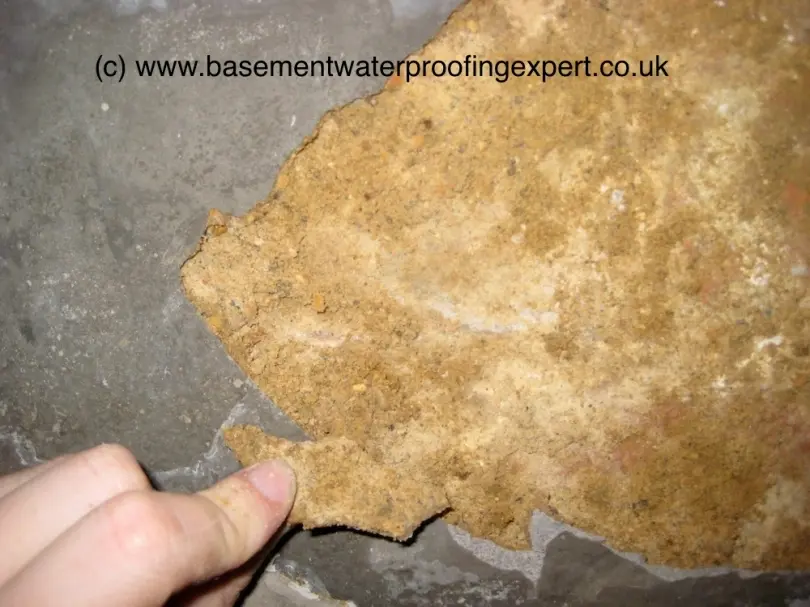

.JPG)
.jpg)




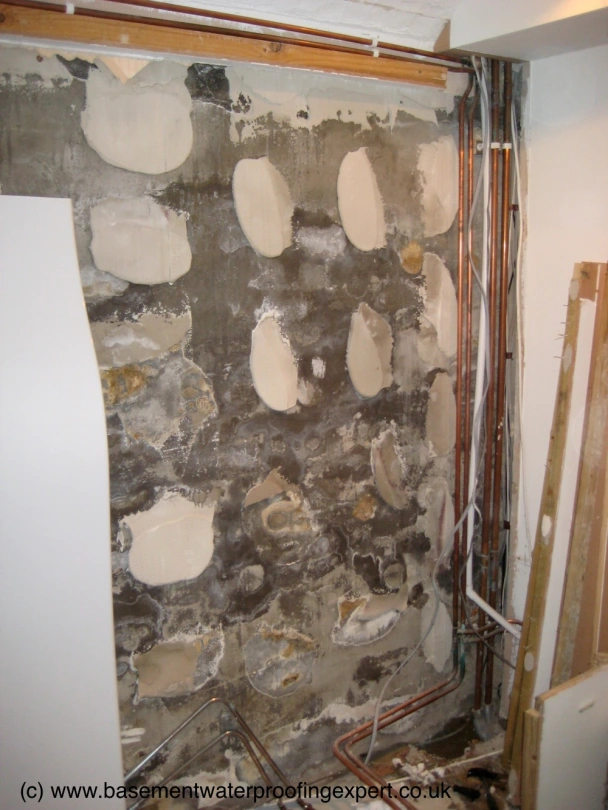
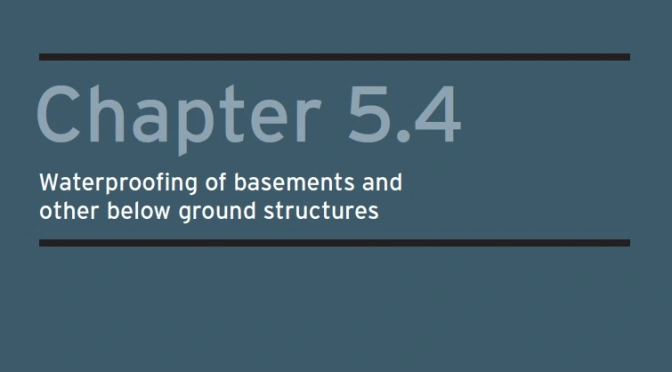
.JPG)

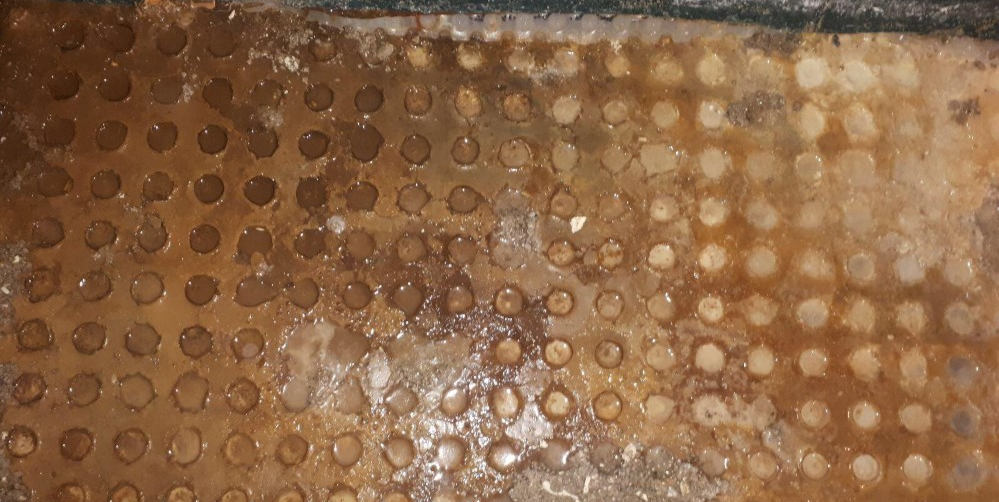
.JPG)

.jpg)
.jpg)
.jpg)

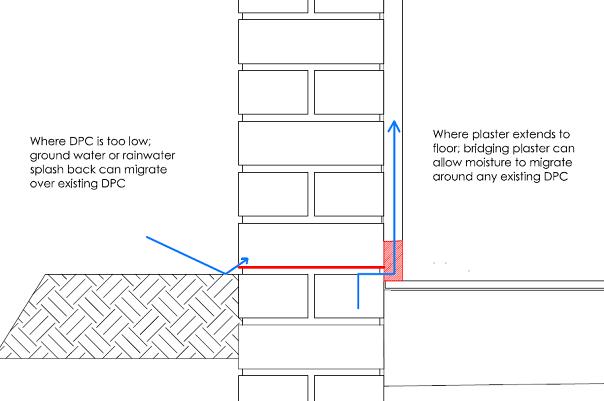
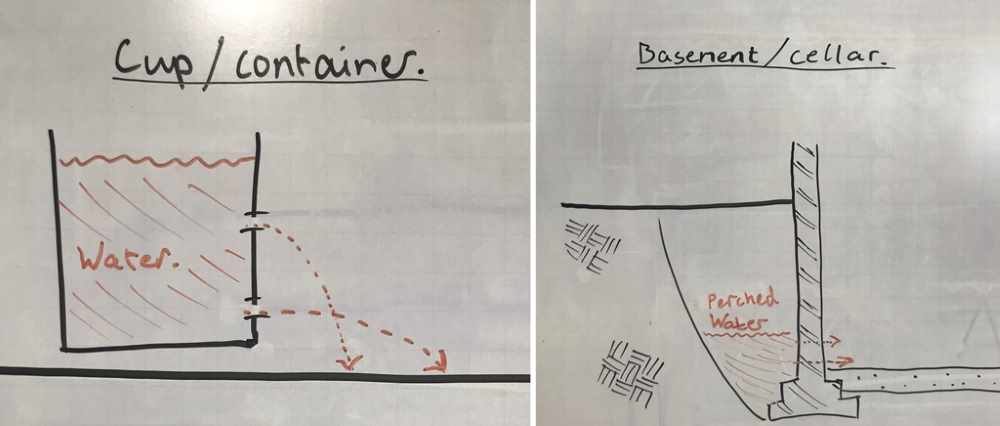
.jpg)
.jpg)
.jpg)
.jpg)


.jpg)
.JPG)

